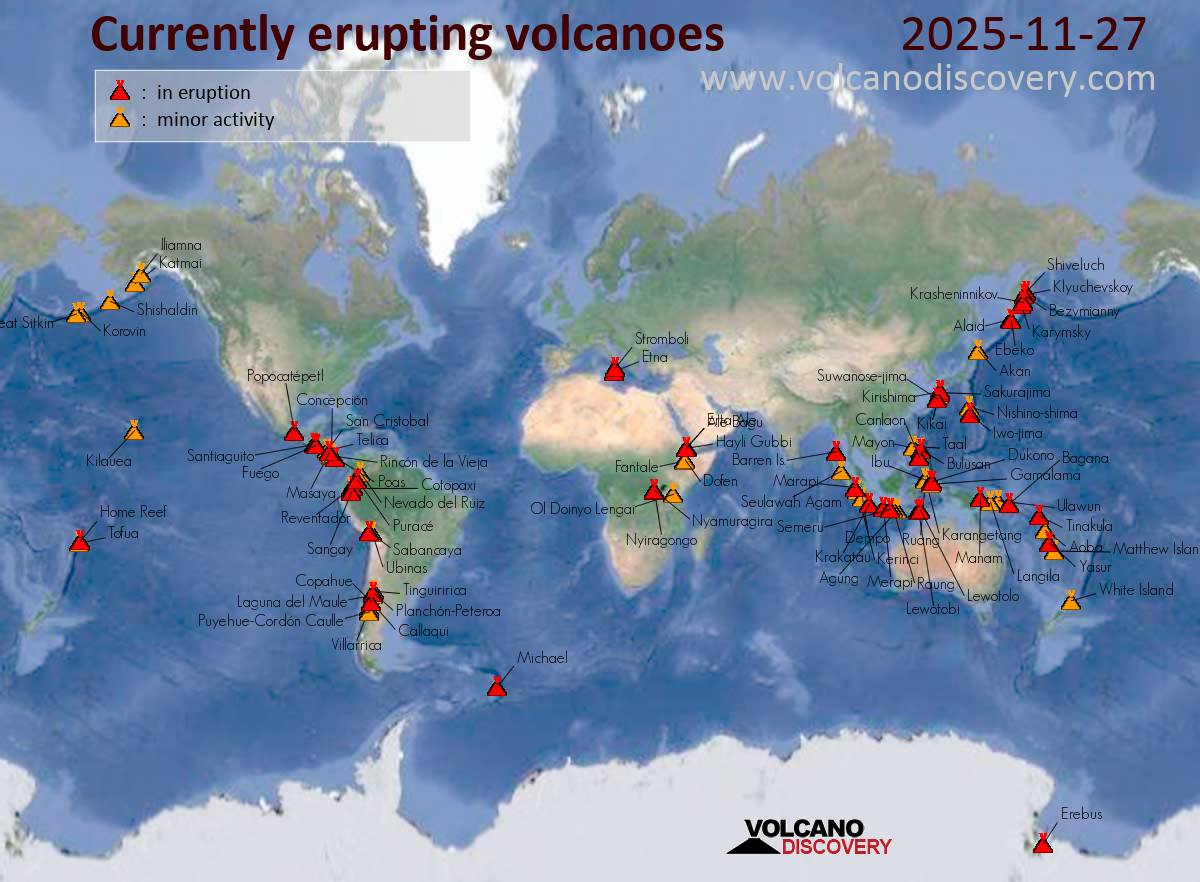TOKYO (Reuters) - A light scattering of ash pointed to an eruption of the most active volcano on Japan's main island of Honshu, weather authorities said on Tuesday, warning against further eruptions, although no injuries or damage were reported.
The small eruption at the 2,570-m (8,425-ft) high Mount Asama, about 140 km (90 miles) from the capital, Tokyo, comes at a time of heightened volcanic activity in Japan and less than a year after 63 people died in the eruption of another peak.
Asama's last eruption, in 2009, ran for several months, during which it intermittently ejected rocks up to 1 km (0.6 miles) away, and sent up a massive cloud of ash, some of which drifted as far as Tokyo.
No plume of smoke or ash could be detected from the current eruption, however, as heavy clouds shrouded the volcano's peak, the Japan Meteorological Agency (JMA) said.
But reports of light ashfall 4 km (2.5 miles) away, coupled with higher readings from temperature sensors, suggested the volcano had erupted, it added.
Japan, which lies on the Pacific Rim of Fire, has 110 active volcanoes and monitors 47 of them around the clock.
A growing number of volcanic earthquakes and the detection of some volcanic gases had prompted the agency to raise the warning level on Asama last week, to keep people out of a range of 2 km (1.2 miles) from the summit.
On May 29, a volcano erupted suddenly on the remote southwestern island of Kuchinoerabujima, blasting a plume of ash and smoke thousands of meters into the sky and forcing residents to flee for safety to a nearby island, where they remain.
Last September, Japan suffered its worst volcanic disaster in nearly 90 years, when 63 people were killed on Mount Ontake. Six still remain unaccounted for, and a search for them is expected to resume in July.
(Reporting by Elaine Lies; Editing by Clarence Fernandez)
Read the original article on Reuters. Copyright 2015.


You need to be a member of Earth Changes and the Pole Shift to add comments!
Join Earth Changes and the Pole Shift